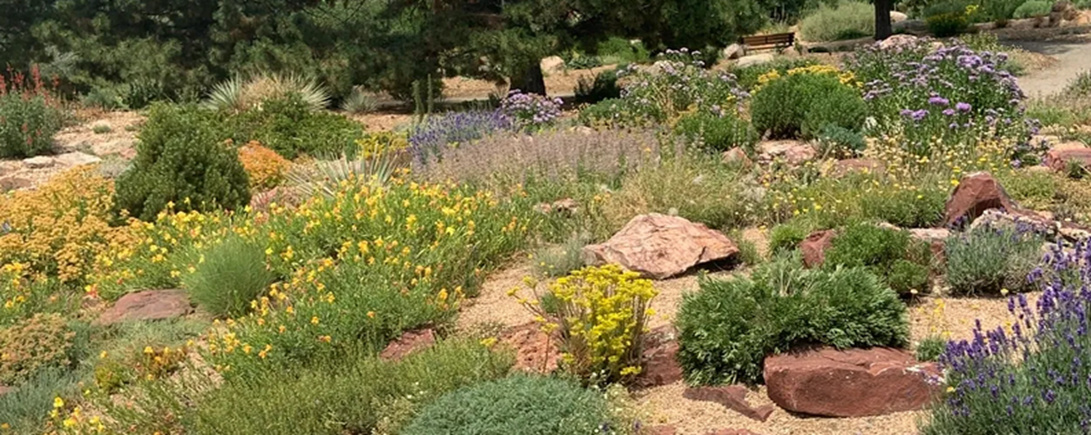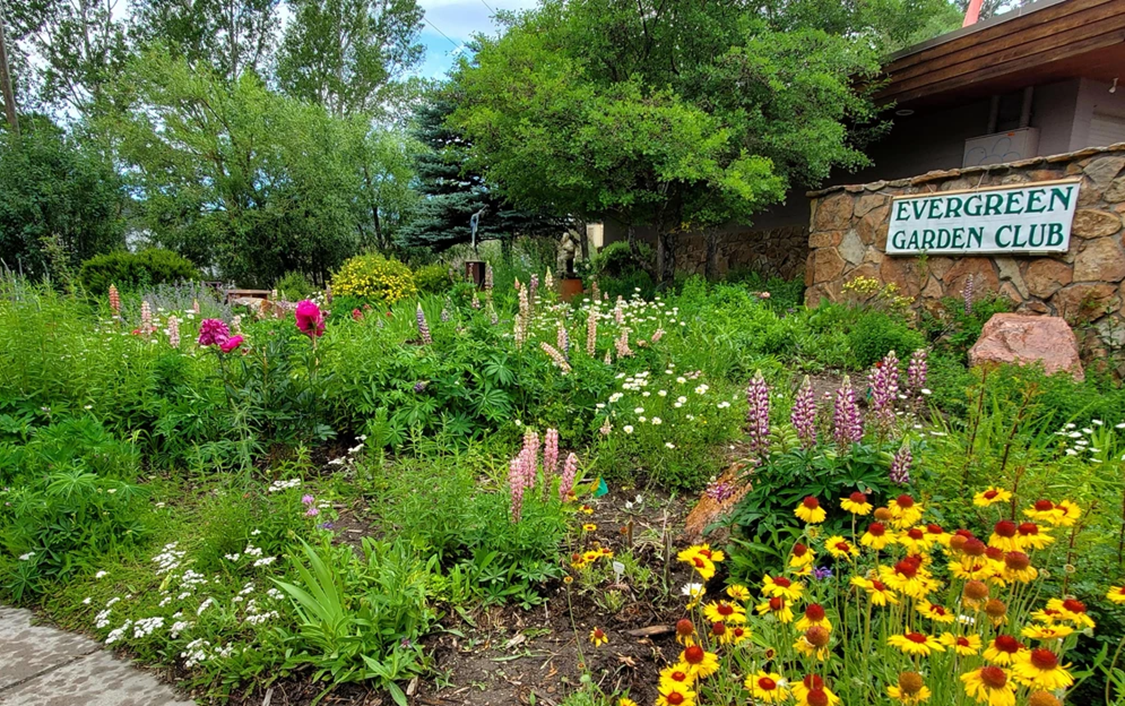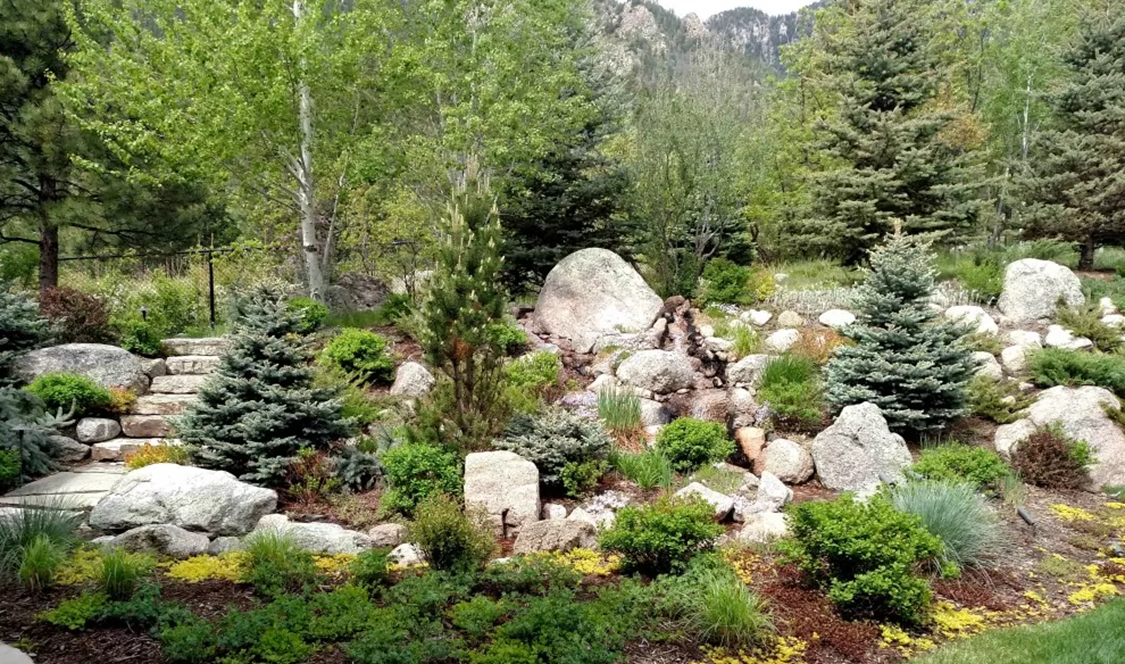Conservation
With average temperatures on the rise and precipitation decreasing it is important to plan ahead to anticipate a decrease in our water supply. Evergreen Metro District has a Water Conservation Plan that has been created to respond to drought with voluntary and mandatory water restrictions as well as increased fees and penalties for high usage accounts.
Before we implement restrictions and fees look at your water usage and see if you can reduce the amount of water your household uses monthly.
Reducing Usage inside of the Home
There are several areas that people can reduce their water usage on a daily basis.
- Make sure that you turn off the water while brushing your teeth or shaving.
- Take showers instead of baths.
- Replace old faucets and toilets with WaterSense labeled products.
- Only wash full loads of laundry.
- Plug your sink if you are hand washing the dishes by hand.
- Clean off dishes in the trash rather than running water.
- Use a dish washer to wash dishes and make sure it is a full load before starting.
- Use high-efficiency sprinkler heads to water lawns and plants.
- Test you soil before you water, if you can stick a screwdriver 5 inches deep into the soil you do not need to water.
- Keep your soil healthy, healthy soils cycle nutrients effectively, minimize runoff, retain water, and absorb excess nutrients, sediments, and pollutants.
- Aerate your soil to improve infiltration of water into the ground and reduce runoff.
- If you are planting new trees or shrubs plant as early in spring as you can.
- Water daily for 1-2 weeks after planting and then for 10 more weeks lower watering to every 2 to 3 days
- Rip up your lawn and xeriscape your yard.
Xeriscaping

(Photo courtesy of https://botanish.com/building-your-gardens-resilience-to-drought/)
During most of the year the average Evergreen household consumes less than 6,000 gallons of water per household. We estimate that a household will use about 1,000 to 2,000 gallons of water per person per month. During the irrigation season these numbers double for households that water on a regular basis, have large lawns, and other vegetation that requires heavy watering.
We understand that having a beautifully landscaped yard is one of the joys of home ownership, however you can have a beautiful yard without the expensive water usage.
Xeriscaping has been around for a few decades and in 1991 the Evergreen Garden Club helped us install a xeriscape garden next to our water treatment plant. All of the plants are local and or “water-thrifty plants suitable to the mountain community” (https://www.evergreengardenclub.org/public-gardens).
So, you don’t have to have either a nice yard or less water usage, you can have both.

(Picture courtesy of Evergreen Garden Club, EMD water plant xeriscape garden)
Here are some tips for Xeriscaping:
Choose native plants- Most native plants, once established, require less watering and soil amendments and are naturally adept to the environment. (See: https://www.evergreengardenclub.org/native-plants-for-evergreen-gardens for more information on local plants).
Maintain healthy soil- Healthy soils need less water, and all water and nutrients to absorb into the soil better.
Group plants according to their water needs- Make sure to group plants together based on how much water they will need. By grouping plants with similar watering needs you can make sure to water only what is necessary.
Use mulch- Mulch helps to insulate plants and reduces evaporation.
Maintain your garden beds- Making sure to pull weeds out will reduce the amount of water wasted on weeds that you don’t want anyways. Aerating your soil will allow for water to seep further into the soil, keeping roots well-watered.
Water wisely- Make sure that you are watering in the morning and evening, not during the heat of the day. Watering during the middle of the day can burn your foliage and wastes water through increased evaporation. You can also purchase water efficient sprinkler heads to help reduce the amount of water used during irrigation.
Be selective when adding turf areas- Turfgrass receives the highest percentage of irrigation water in traditional landscaping. To improve the aesthetics of your landscape and better manage outdoor water use, select drought-tolerant turfgrass and plant turf only where it has a practical function, such as children’s play areas.
For more information on the benefits of Xeriscaping and ideas on how to get started please visit :
https://coloradowaterwise.org/XeriscapeColorado
https://www.evergreengardenclub.org/
https://www.epa.gov/sites/default/files/2017-01/documents/ws-outdoor-water-efficient-landscaping.pdf

